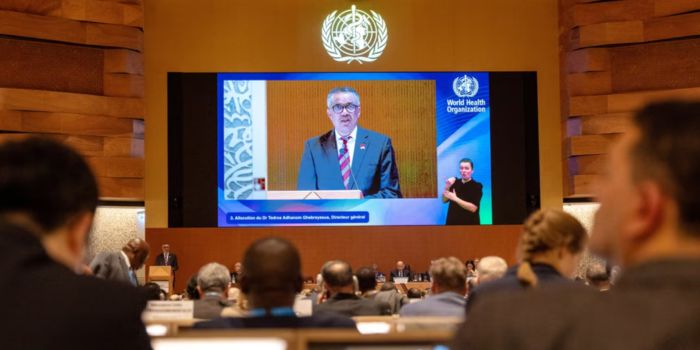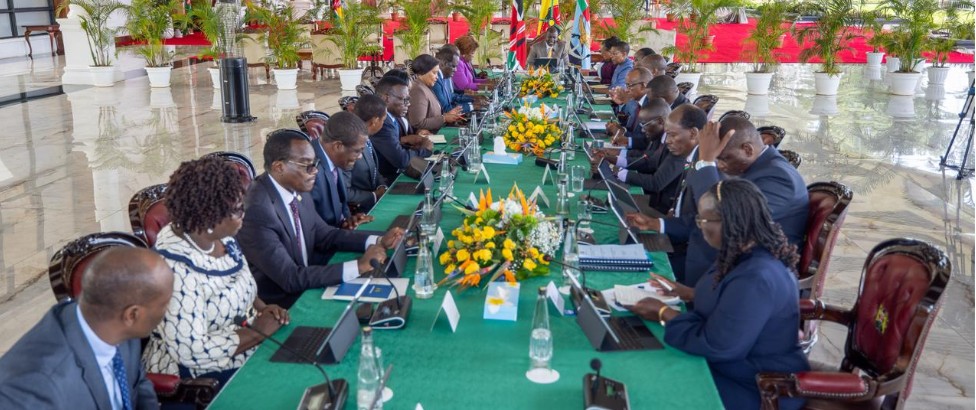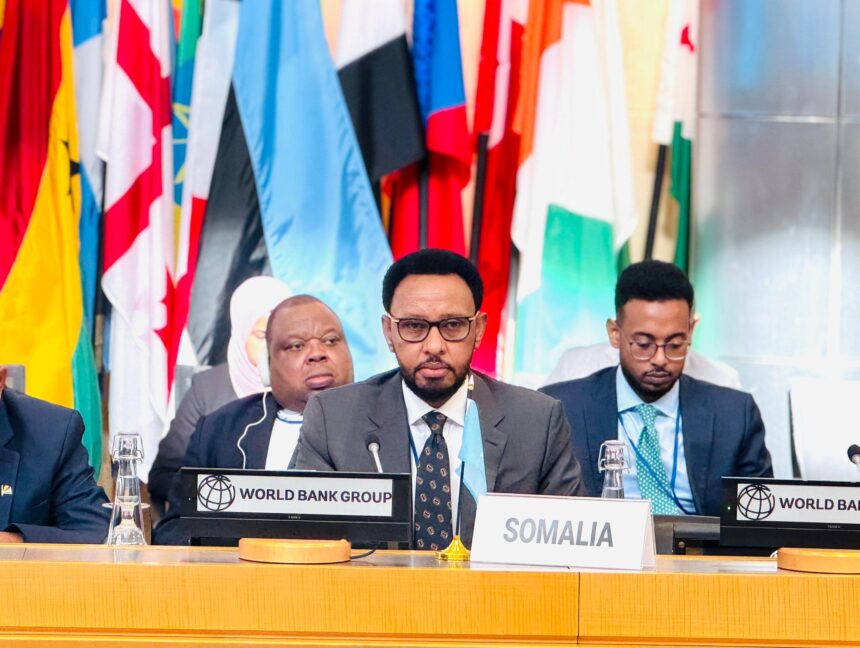WHO calls for urgent action to reduce maternal and child mortality

Despite progress in improving maternal and newborn health, Kenya still faces significant challenges with high infant mortality. The rate stands at about 30 deaths per 1,000 live births.
At the recently concluded 77th World Health Assembly, maternal and child health took centre stage, with the World Health Organization (WHO) reporting alarming statistics showing that progress in reducing mortality has stalled since 2016.
According to the WHO, 287,000 women die globally during pregnancy or childbirth each year, while 4.9 million children die from largely preventable causes before their fifth birthday, and 1.9 million stillbirths occur annually.
More To Read
- WHO warns of fake breast cancer drug in Africa, Middle East
- WHO review finds no link between childhood vaccines and autism
- Traditional medicine is now a global reality: WHO
- WHO warns tobacco use threatens fertility in men, women
- Malaria: Drug resistance and underfunding threaten progress towards eliminating killer disease
- Sudan’s crisis deepens with communities trapped in ‘siege conditions’
The organisation notes that women face significant risks from complications during and after pregnancy and childbirth, many of which are preventable or treatable. Some women have preexisting conditions that can worsen during pregnancy if not properly managed.
The major complications accounting for nearly 75 per cent of all maternal deaths include severe bleeding (especially post-childbirth), infections (usually post-childbirth), high blood pressure during pregnancy (pre-eclampsia and eclampsia), and delivery-related issues.
Despite progress in improving maternal and newborn health, Kenya still faces significant challenges with high infant mortality. The rate stands at about 30 deaths per 1,000 live births, a 3.59 per cent decline from 2022, when it was about 31 deaths per 1,000 live births, according to the United Nations World Population Prospects.
Neonatal deaths significantly contribute to this issue, with the WHO reporting that neonatal mortality remains a critical public health concern worldwide, accounting for 60 per cent of newborn deaths in middle- and lower-income countries, including Kenya.
According to the Ministry of Health, 14 expectant mothers die during childbirth every month, contributing to an estimated 5,000 maternal deaths annually. In Africa, about two-thirds of women succumb to complications, accounting for approximately 69 per cent of maternal deaths globally.
Key resolution
At the summit that took place in Geneva, Switzerland, from May 27 to June 1, countries agreed to enhance access to maternal, sexual, reproductive, and comprehensive child health services through robust primary healthcare systems and to broaden emergency services, including urgent obstetric care and specialised units for small and sick newborns.
Led by Somalia, the resolution will see nations address the leading causes of maternal and child mortality, especially in the most affected regions.
“The political will has been expressed; now the focus must be on implementation by countries and the technical support WHO provides in the context of universal health coverage,” stated Dr Flavia Bustreo, Governance and Ethical Committee Chair at PMNCH, a global alliance for women’s, children’s, and adolescents’ rights.
“We cannot accept preventable and treatable causes claiming women’s lives.”
Between 2016 and 2020, maternal mortality rates stagnated in 131 countries and increased in 17, placing over 80 per cent of nations at risk of missing the Sustainable Development Goals' target of reducing maternal deaths to under 70 per 100,000 live births by 2030.
Progress in newborn and child survival has also slowed significantly.
“To meet these ambitious goals, the world must accelerate progress on reducing maternal mortality by nine times and decreasing newborn and under-five mortality by four times,” according to the WHO.
“Prioritising women’s and children’s health is crucial. This requires increased leadership, commitment, and investment at all levels of maternal, neonatal, child, and adolescent health. Future strategies must address inequality, ensuring no one is left behind,” Saima Wazed, the WHO Regional Director for Southeast Asia, said during the discussions.
Essential aspects
This resolution marks the WHO’s first significant action on maternal mortality in nearly a decade, following the adoption of the Global Strategy for Women’s, Children’s, and Adolescents’ Health in 2015.
It highlights the need for well-stocked facilities, trained health workers, safe water and sanitation, and comprehensive sexual and reproductive healthcare services.
Countries have committed to recovering lost progress in maternal, newborn, and child survival.
The resolution focuses on addressing the leading causes of maternal and child deaths, particularly in the worst-affected countries, while improving access to maternal, sexual, reproductive, and comprehensive child health services through stronger primary healthcare.
It also involves expanding access to emergency services and stresses that health systems must be enabled to deliver quality, safe, and effective care through well-stocked facilities, well-trained and motivated health workers, and safe water and sanitation.
The nations also noted the need for comprehensive sexual and reproductive health services, including family planning, which are fundamental to women’s health.
At current rates of progress, more than four out of five countries are likely to fall short of the Sustainable Development Goals’ maternal mortality targets; 64 countries for newborn mortality; and 59 countries for under-five child mortality.
Member states committed to reporting back on this resolution every two years.
Top Stories Today












































